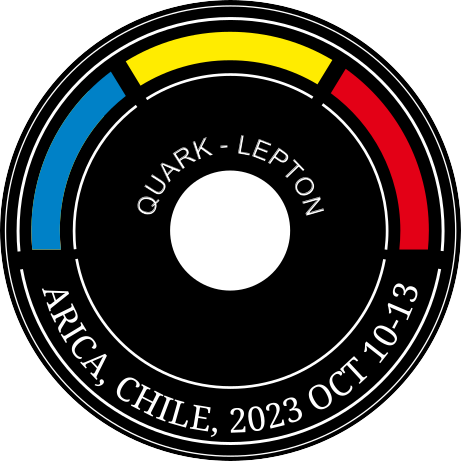Speaker
Description
When investigating the characteristics of the Quark-Gluon Plasma (QGP) formed in relativistic heavy ion collisions, it becomes imperative to categorize events based on the QGP's size and configuration. Conventionally, event categorization hinges on the dimensions and form of the QGP, achieved through the indirect mapping of the unobservable impact parameter onto a bulk observable, such as soft particle production. This mapping procedure inherently accommodates fluctuations arising from initial state nuclei and nucleon-nucleon interactions.
However, even within a stringent experimental centrality framework primarily reliant on multiplicity, the presence of diverse event shapes persists, courtesy of these inherent fluctuations. To attain more homogeneous event sub-samples, the inclusion of an additional, independent qualifier proves invaluable. A decade ago, event-shape engineering introduced the flow vector as a supplementary qualifier, albeit susceptible to final state interactions.
In our approach, we opt for an alternative method—utilizing spectator neutrons, precisely measured by the PHENIX zero-degree calorimeter, as the secondary dimension. This new approach offers a more precise method for categorizing QGP events, with significant implications for comprehending the underlying physics of heavy ion collisions.
Through the application of this novel 2D event characterization to Au+Au collisions at RHIC, we will demonstrate elliptic flow results with tighter constraints on the initial geometry. Additionally, we will discuss its relevance in studying phenomena like path-length dependent energy loss and potential multiple-parton interactions (MPI).
Details
Maya Shimomura for the PHENIX Collaboration
| Is this abstract from experiment? | Yes |
|---|---|
| Name of experiment and experimental site | PHENIX (RHIC) |
| Is the speaker for that presentation defined? | Yes |
| Internet talk | Yes |
